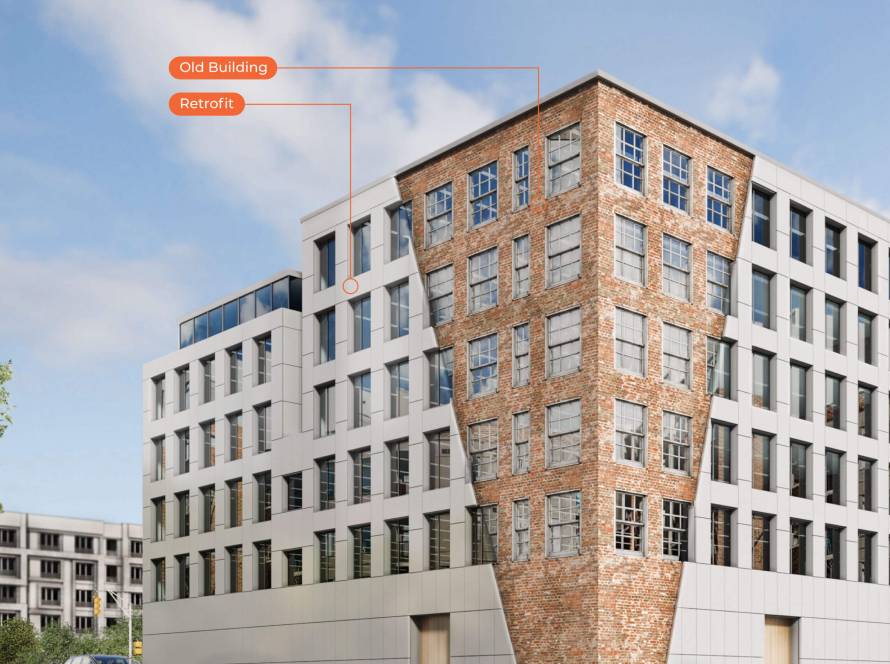DESIGN OF FOUNDATION
Importance in structural stability
Introduction
Structures constructed below the ground level are called substructures. Foundation structures help transfer load from the
superstructure to the substructure. They are generally categorized into
1) Shallow Foundations
- Spread Footing- this provides even load distribution and helps prevent settlement.
- Slab on Grade- this is provided to prevent heaving and craking.
- Mat Foundation- this helps in soils with low bearing capacity to handle large structures.

2) Deep Foundation
- Pile Foundation- this helps in soils with challenging conditions and providing deep seated stability.
- Drilled Foundation- these are created by drilling holes in the ground and filling them with concrete.
- Other Pier Foundation- Pier & beam foundation, sheet piles, screw piles, diaphragm walls etc.

Structural Analysis
In structural design using software like STAAD, ETABS etc axial loads on columns are analyzed, and soil’s
safe bearing capacity (SBC) from a geotechnical report is considered. This data aids in calculating reactions on each column, guiding the determination of foundation size and depth. Matching the applied loads with the soil’s
ability to bear them ensures a safe and stable structure. This collaborative approach, incorporating structural and geotechnical insights, optimizes foundation design by tailoring it to both structural requirements and the unique characteristics of the underlying soil, resulting in a robust and efficient foundation system for the building.

Safe bearing capacity (SBC)
The safe bearing capacity or SBC of soil represents the maximum load the soil can support with any risk of failure and settlement. Understanding the same is important. The soil’s bearing capacity significantly influences
foundation selection. For stable soils, shallow foundations like mats or strips may suffice, distributing the load
evenly. In expansive or weak soils, deep foundations such as piers or piles become crucial to reach more stable strata. Conduct a geotechnical study to analyze soil composition, strength, and
settlement potential. Understanding soil behavior helps engineers tailor
foundations to resist settlement, prevent differential movement, and
ensure long-term structural stability. Collaboration with geotechnical experts allows for informed decisions, mitigating risks associated with soil
conditions and enabling the
construction of foundations that withstand the unique challenges posed by diverse soil types.
Selection of a suitable foundation
Selecting the right foundation for a building involves assessing soil
conditions, structure load, and climate. Stable soils may suffice for shallow
foundations like slabs or strips, while unstable soils may necessitate deep
foundations like piers or piles. Consider the building’s purpose and
local building codes. Engage a structural engineer to analyze soil
reports and provide expertise on the optimal foundation type. This
collaborative approach ensures a foundation that can withstand environmental challenges, distributes
loads effectively, and meets safety standards for long-term stability in
diverse conditions.


